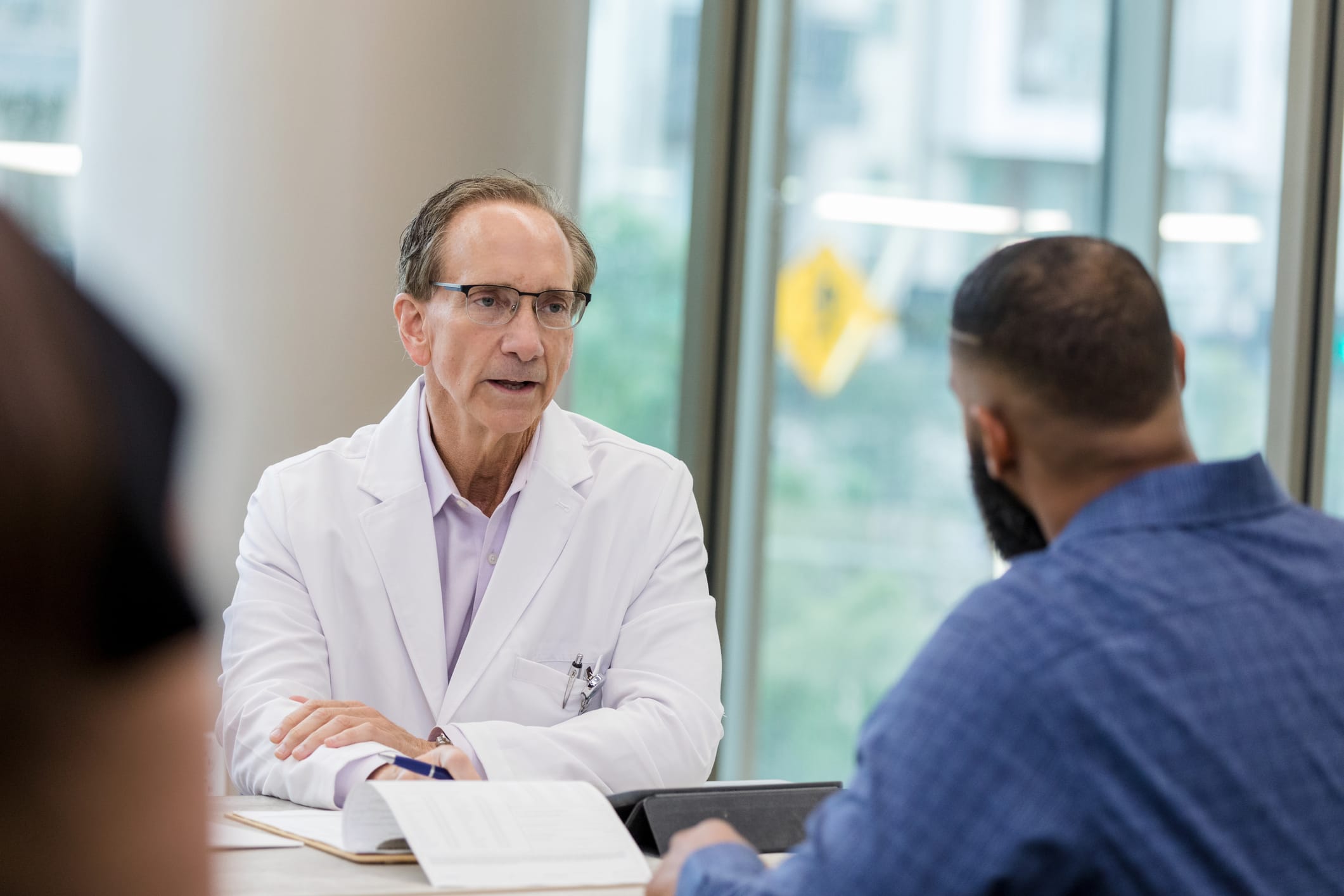Hematopoietic stem cell transplantation is one of many therapies for systemic mastocytosis (SM). This treatment is potentially curative, meaning that it may be effective enough that you don’t need any other treatment. However, stem cell transplantation is a highly risky procedure and is only used in advanced SM cases as a last option for treatment.
What are stem cells?
Stem cells are immature cells that can differentiate into various types of cells — including types of blood cells.
In SM, blood cells known as mast cells accumulate abnormally in your body. Mast cells are useful when they are released by the body at the right moment, but the abnormal buildup leads to many of the symptoms commonly seen in SM, such as allergic reactions, flushing and tiredness.
Read more about SM testing and diagnosis
This is where stem cells can play a therapeutic role. Healthy stem cells from a donor can be used to replace diseased blood cells in your body, which in the case of SM are abnormally released mast cells. When healthy cells from a donor sufficiently replace the diseased blood cells, your symptoms will ease.
Are you a good candidate for stem cell transplantation?
Stem cell transplantation is only one of many possible treatments for SM. It carries many risks, including infection and graft-versus-host disease, a potentially life-threatening condition.
Because of the risks involved, it is typically only offered to patients with aggressive forms of the disorder. There are five subtypes of SM, with three considered to be aggressive: aggressive SM, SM with an associated hematologic neoplasm and mast cell leukemia.
For doctors to adequately evaluate whether you may be a good candidate for this procedure, extensive tests and evaluations are necessary. In addition, your doctor may communicate with other doctors to arrive at a collective decision on whether this procedure is right for you.
Regardless of the choice of therapies offered to you by your doctor, the goal remains the same: minimizing disease symptoms so that they do not interfere with your quality of life. If you are worried that your symptoms are poorly controlled, speak to your doctor about potential changes to your treatment regimen that can help you feel better.
What to expect — before, during, and after
Before stem cell transplantation, you may need to undergo chemotherapy, radiation therapy or immunotherapy as conditioning regimens to ensure that you are well-positioned for the best possible results.
The purpose of a conditioning regimen is to destroy abnormally accumulated mast cells that are driving the disease. In some cases, these mast cells may be cancerous, meaning that they multiply aggressively and hence need to be removed. In addition, a conditioning regimen suppresses your immune system to prevent it from attacking stem cells from a donor.
During the day of the transplant, your doctor will insert a flexible tube into a large vein in your body, which is typically at your neck or chest. This flexible tube is called a central line. Donor stem cells will then be slowly transfused into your body through this central line. The procedure may take a few hours. During that time, you will be conscious.
After the transplant is complete, you will need to be monitored closely, and may need to stay in the hospital for a few weeks. This careful monitoring is so doctors can take immediate action if your body rejects the new stem cells.
During this time of monitoring and recovery, you may experience side effects such as fatigue, nausea and vomiting. Because the conditioning regimen will also remove healthy blood cells needed for immunity, you may be vulnerable to infection during the recovery period and may require medications to lower this risk.
Once the new stem cells in your bloodstream have settled into the bone marrow, new blood cells will be produced. Speak to your doctor if you have any questions either before, during or after the stem cell transplantation procedure. Let a doctor or nurse know if you are experiencing unusual side effects or discomfort during the recovery period.
If the stem cell transplant procedure is successful, it may be life-transforming in terms of how you feel and function in your daily life.
Sign up here to get the latest news, perspectives and information about SM sent directly to your inbox. Registration is free and only takes a minute.

